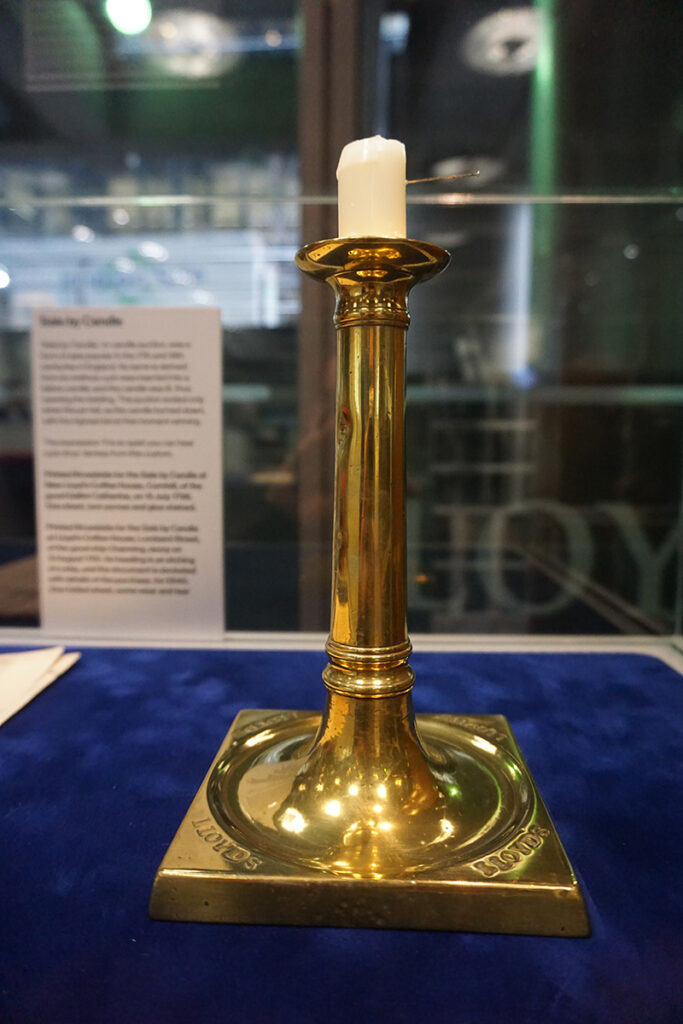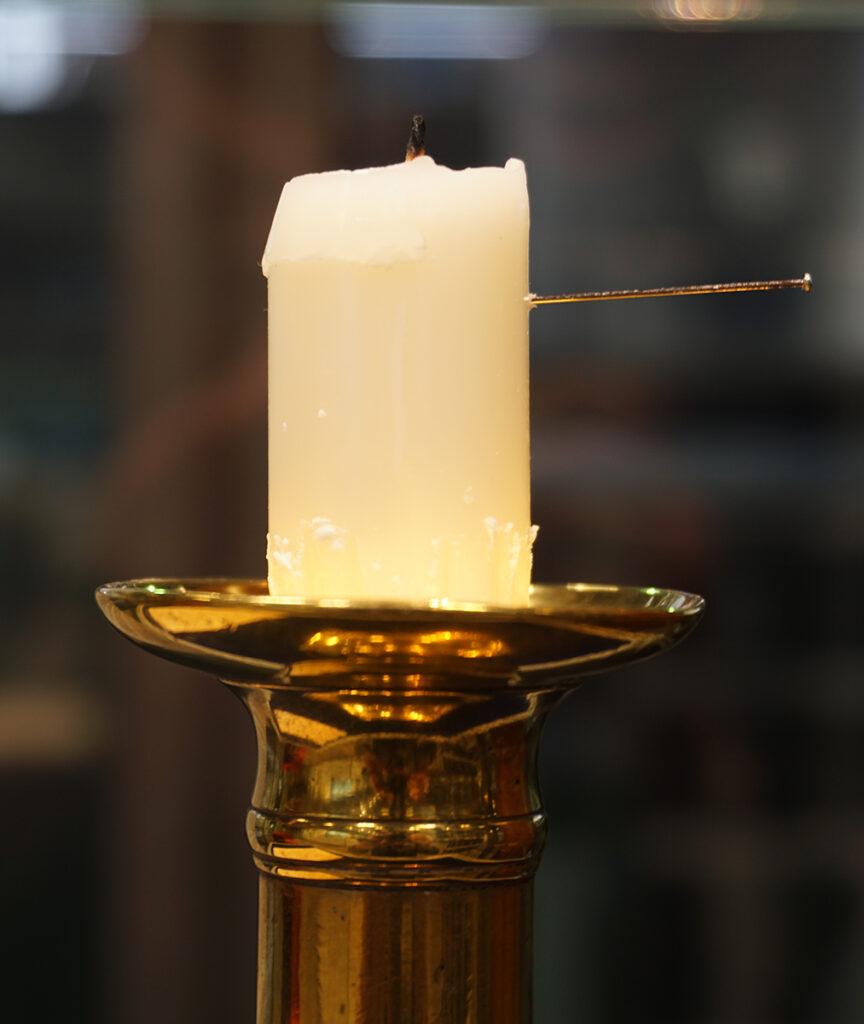From its early beginnings in a coffee house in Tower Street (now Great Tower Street) London, to the iconic Richard Rogers’ designed building of today, much has been written and is known of the history of Lloyd’s of London.
Many people within and outside the insurance profession know Lloyd’s as the 21st century world leading insurance market. Some people, particularly those working in the insurance and world maritime trade are also conversant with Lloyd’s List, one of the oldest continuously published journals providing regular shipping news, which has its beginnings in Edward Lloyd’s Coffee House.
During the 17th and 18th centuries, many coffee houses were established throughout the City of London and Westminster. They attracted clientele from a wide variety of professions, trades, and businesses. For example, Child’s Coffee House in Warwick Lane was frequented by fellows of the Royal Society, surgeons, doctors, and the clergy from St Paul’s Cathedral. Guildhall Coffee House in Basinghall Street was a place where literary men could be found. Members of the acting profession would go to Wright’s Coffee House in Covent Garden.
In addition to the core activity of serving their customers coffee, coffee houses were being used as places in which lectures, debates and gambling took place. Some were even venues of Masonic lodges, places where revolution was plotted and pamphlets circulated.
Edward Lloyd opened his first coffee house in around 1686 and it soon became a place where sailors, merchants, and ship owners would meet, and an insurance market was established. What is perhaps unknown to many is the use of Lloyd’s Coffee House as a place where auctions were conducted.
On moving his business from Tower Street to Lombard Street in 1691, Lloyd installed a pulpit within the building from which maritime intelligence was read and auctions were conducted.
By the late 17th century auctions were regular activities in coffee houses of London. Buying and selling was very much part of Coffee House culture. Various goods were being offered for sale including wine, timber, sugar, cloth, coffee, spices, and tobacco. Goods being auctioned in each coffee house were a reflection of the business activity of the clientele who frequented it. Garraway’s Coffee House was the venue for the first sale of furs by The Hudson Bay Company in 1691. Items being offered for sale in these premises were not solely restricted to goods. It was not unusual for land, Caribbean plantations, and even enslaved plantation workers who, at that time, treated as commodities, to be sold.
By hosting auctions, coffee house proprietors were able to control what was happening in their establishments. They advertised auctions in the newspapers of the day, such as the London Gazette, and as a result, coffee house owners could attract more people to their establishments. A broadsheet from the Lloyd’s Archives details the sale of the Good Ship Charming Jenny on 12th August 1761:
“An excellent fine Sailer, square Stern, Plantation built, and sheath’d, Burthen 170 Tons, more or less, with exceeding good Dimensions for the West-India, Virginia or East-County Trades, now lying at Cherry Garden, Joseph Todd Commander.”
The broadsheet gives an inventory of the ship, which includes the hull, masts, rigging, anchors, cables, sails and stores, as well as “with all Faults as they now lye.”
Unlike today’s auctions which finish when the highest bid has been put forward, goods sold at Lloyd’s and other coffee houses were auctioned by a method known as Candle Auctions or Sale by Candle. Records of this practice being in operation date back to the 15th century.
Two methods of Candle Auctions were frequently used throughout the coffee houses of London during this time. The first method employed would begin when the stub of a candle was lit, and the successful bid was the last before the candle finally burnt out. The method employed by Lloyd’s was one where the auction began by placing a pin approximately one inch below the wick and the candle was lit. The person making the highest bid when the candle burned down to the pin, or the pin fell out of the candle would be offered the right to purchase the lot for sale. It has been suggested that the expression “It is so quiet you can hear a pin drop” derived from this custom. The image featured in this article is a brass candle stick used in these auctions.


Lots recorded as being sold at Lloyd’s Coffee House included sea-faring vessels, tobacco, Turkish coffee, timber, sugar, cloth, and wines.
These auctions were taking place at a time when Britain’s commercial and colonial empire was expanding across the globe. Whilst no evidence has been found of enslaved persons being sold at candle auctions at Lloyd’s Coffee House, there are examples of slaving vessels being sold. One such event took place in 1700. The vessel James and Frances had been involved in slaving voyages in 1699 and again in 1701. On both occasions, the voyage was from the coast of Africa to Jamaica and was captained by Thomas Edwards. During the 1701 voyage, the vessel was recorded as carrying 162 enslaved Africans of whom 32 died on the journey to Jamaica. This is only one vessel auctioned on the premises of Lloyd’s Coffee House and the sale of which, by candle auction, is an example of Lloyd’s involvement in the transatlantic slave trade.
In addition to the auctions, Lloyd’s members were responsible for providing insurance for vessels, the trafficking of enslaved people and the goods they produced through the transatlantic slave trade.
In 2020 Lloyd’s formally apologised for its role in the transatlantic slave trade and recently launched the outcomes of independent research into Lloyd’s and the transatlantic slave trade. More can be found out here, The transatlantic slave trade (lloyds.com). It also launched its Inclusive Futures programme a series of initiatives to respond to the legacy of slavery and by addressing the racial inequality still prevalent in our industry and societies today.
Looking back to the period during the reign of Queen Anne (1702 – 1724), so many candle auctions were held at Lloyd’s that it developed into one of London’s major sales rooms.
Over a while, candle auctions generally went out of favour. However, they continued to take place at Lloyd’s until the early part of the 19th century. The sale of Sarah Christiana, another vessel that had been involved in trade with the West Indies, albeit after the abolition of the slave trade in 1807, was offered for sale by candle auction in 1828.
Lloyd’s Coffee House was one of many that opened in London during the 17th and 18th centuries. Many offered goods for sale by candle auction. Most of these establishments have, like candle auctions fallen out of favour and no longer exist. However, whilst Lloyd’s no longer operates auctions, it has gone on to become the major world-class insurance market of today. Candle auctions should be seen as a historical and interesting feature in the development of the institution that is Lloyd’s.
Author: John Lane – Fellow of the Chartered Insurance Institute, Insurance Museum Volunteer and Amateur Insurance Historian
References
Shining a Light, Vivine Cameron, CII Journal October/November 2023.
Uncomfortable Truths, Mark Lomas, CII Journal December 2023/January 2024.
For Sale by the Candle, Broadsheet, 1761, Lloyd’s of London Archives.
London Coffee Houses, Antony Clayton, 2003.
Lloyd’s building, Wikipedia, Lloyds’s-of-London – Wikipedia
Candle Auctions, Wikipedia, Candle auction – Wikipedia
The Origins of Lloyd’s 1688 – 1811, Black Beyond Data, 2023, 2. The Origins of Lloyd’s (arcgis.com)
Fuelled by Coffee, Insurance Museum, Fuelled By Coffee – Insurance Museum
Why Lloyd’s of London’s slavery reckoning is just the start for the City, Adam Maxwell & Matt Oliver, The Telegraph, 9th November 2023. Why Lloyd’s of London’s slavery reckoning is just the start for the City (telegraph.co.uk) (Paywall).
